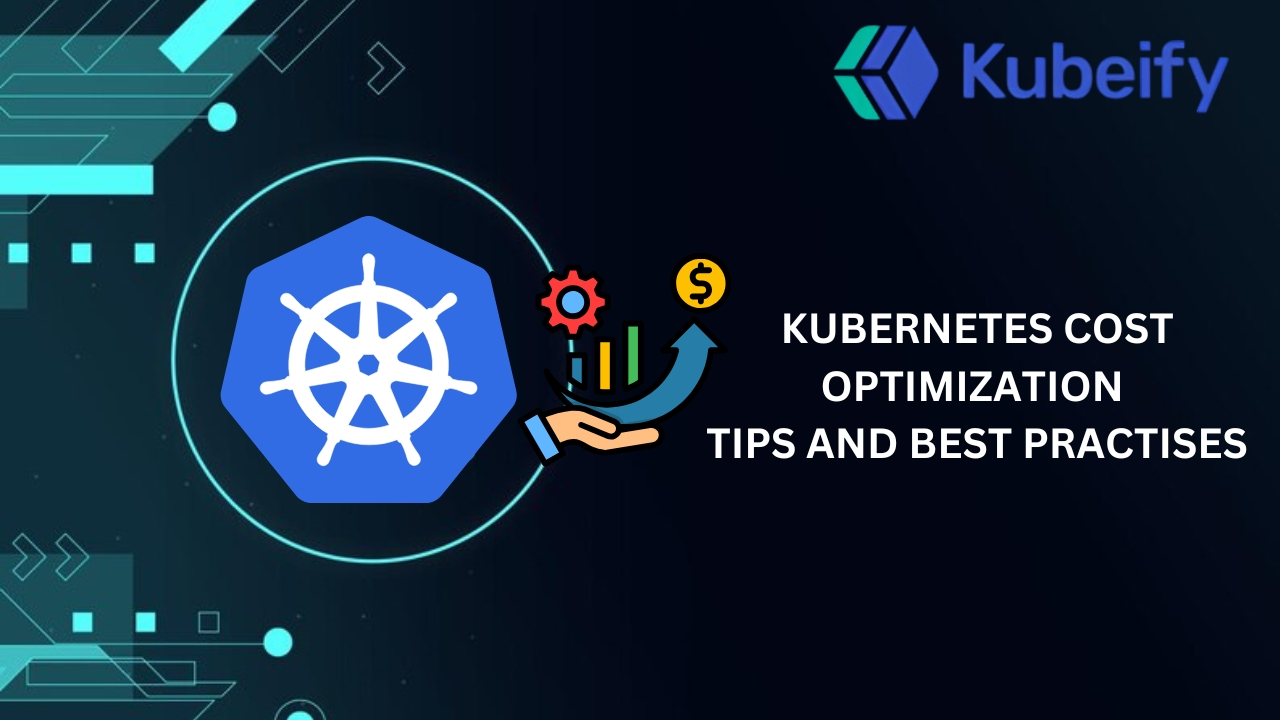AI Cloud
- Cloud Native Product Development
- Cloud Native FaaS
- Monolith to Microservices
- DevSecOps as a Service
- Kubernetes Zero Downtime

Kubernetes has become the go-to container orchestration platform, enabling organizations to deploy and scale applications efficiently. However, as clusters grow, so do the associated costs. Without proper cost optimization strategies, Kubernetes expenses can spiral out of control. In this blog, we will explore practical tips and best practices to optimize costs in Kubernetes environments.
Kubernetes allows developers to specify CPU and memory requests/limits for pods. Over-provisioning leads to resource wastage, while under-provisioning can cause performance issues.
Use monitoring tools like Prometheus, Grafana, and Kubecost to analyze resource usage.
Reduce over-provisioning by setting appropriate requests and limits based on actual usage patterns.
Implement Vertical Pod Autoscaler (VPA) to adjust requests dynamically.
Choose the right instance type in cloud environments (e.g., AWS, Azure, GCP) based on workload needs.
Utilize Spot Instances (AWS), Preemptible VMs (GCP), or Azure Spot VMs for non-critical workloads to save costs.
HPA automatically scales the number of pod replicas based on CPU/memory usage.
Set up HPA to prevent over-provisioning while ensuring adequate performance.
Define threshold limits to keep scaling controlled.
The Cluster Autoscaler adds or removes worker nodes based on demand.
Ensure nodes are scaled down when resources are underutilized.
Use cloud-provider-specific autoscalers for efficient resource allocation.
Use Persistent Volume Claims (PVCs) with appropriate storage classes (e.g., standard, SSD, or HDD) based on workload needs.
Avoid over-provisioning storage by setting quotas.
Utilize Object Storage (e.g., Amazon S3, Azure Blob, Google Cloud Storage) for logs, backups, and archival data instead of expensive block storage.
Set log rotation policies to avoid unnecessary log storage costs.
Use tools like Velero to manage backups efficiently.
Minimize inter-zone and inter-region communication to avoid high network charges.
Deploy workloads within the same availability zone where possible.
Choose cost-efficient Ingress Controllers like NGINX, Traefik, or AWS ALB.
Reduce unnecessary load balancer provisioning to minimize expenses.
Regularly audit unused Kubernetes objects like unused Persistent Volumes, ConfigMaps, Secrets, and Load Balancers.
Delete stale deployments, orphaned resources, and abandoned namespaces.
Use tools like Kubecost, Kube-resource-report, and Goldilocks to identify waste.
Use Kubecost or Cloud Provider Cost Analysis Tools (AWS Cost Explorer, GCP Cost Management, Azure Cost Management) to track Kubernetes expenses.
Label and annotate resources for proper cost allocation.
Generate reports on cost trends and optimize accordingly.
Scale CI/CD runner instances dynamically instead of running them 24/7.
Use Ephemeral Build Agents to avoid idle costs.
Cache dependencies to reduce build times and resource consumption.
Kubernetes provides immense flexibility, but without cost optimization, expenses can skyrocket. By implementing best practices such as rightsizing workloads, autoscaling, optimizing storage and networking, and using cost visibility tools, organizations can significantly reduce their Kubernetes spending while maintaining efficiency and performance.
By continuously monitoring and refining these strategies, teams can ensure sustainable and cost-effective Kubernetes operations.

Kubeify's team decrease the time it takes to adopt open source technology while enabling consistent application environments across deployments... letting our developers focus on application code while improving speed and quality of our releases.
– Yaron Oren, Founder Maverick.ai (acquired by OutboundWorks)
Let us know what you are working on?
We would help you to build a
fault tolerant, secure and scalable system over kubernetes.
